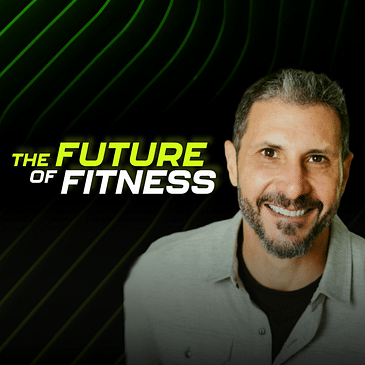Join us for an inspiring conversation with Adam Menner, a seasoned gym owner and consultant with a wealth of experience in fitness and business. In this episode, Adam unveils the secrets to scaling a fitness business using the principles of servant leadership. From his humble beginnings as an intern at DeFranco's Training Systems to becoming a partner in multiple successful gym locations across the Northeast, Adam's journey is a testament to the power of dedication and growth.
Discover how Adam has mastered the art of managing smaller, efficient gym locations, with a strong focus on core service offerings like small group personal training. He shares invaluable insights into the role of technology in streamlining operations and enhancing business growth. Learn about the significance of consistent quality control, effective recruiting, and providing meaningful career opportunities in the fitness industry.
Adam also explores the importance of complementarity in fitness modalities, targeting the right client demographics, and delivering a holistic client experience. Throughout the episode, he emphasizes the value of humble beginnings and continual learning.
Tune in to gain practical tips and strategies from Adam's rich experience and get a sneak peek into his work on the Business of Strength podcast.
LINKS: https://www.wodify.com/


